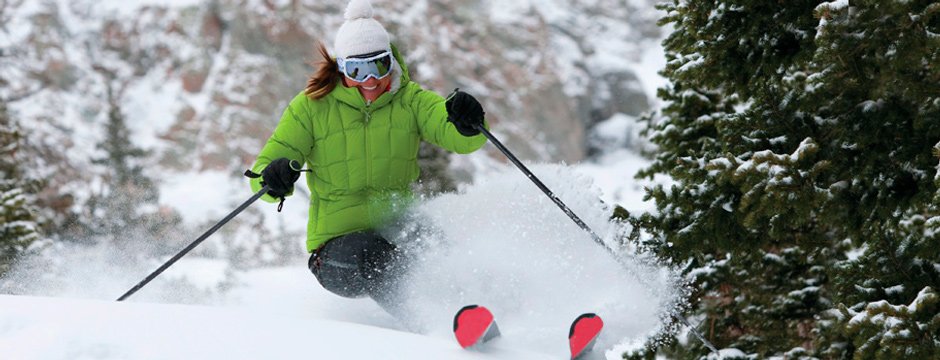How to choose the right skis this winter

If you’re in the market for a new pair of skis, choosing the right pair for your needs is often a lot trickier than you first think. You may be under the impression that it’s just a case of picking up any old pair of skis, but the type you choose will influence aspects such as speed, movement and stability.
As a helping hand before you take to the slopes during your skiing getaways in Meribel or other popular mountain resorts in Europe, here’s a brief guide to how to choose the right type of skis.
Understanding the different types
Because a pair of skis is often a fairly costly investment, it’s worth taking the time over your decision to ensure you get the pair that is best suited to your needs. For example, if you’re a skier who loves nothing more than tricking it out in the snow park, the last thing you want is to take to the mountain on a pair of race skis.
Fortunately there are different types of skis which are suited for particular abilities and types of skiing, and here we’ve listed just a few of these.
Beginner skis
Piste
As the name would suggest, piste skis are designed solely to provide greater grip on the groomed snow of pistes. They are usually no wider than 7.3cm underfoot.
Freeride
A similar offering to the all-mountain ski, freeride skis are designed to go everywhere, but are even wider (8.2cm-10.2cm underfoot) to provide a better float through powder while keeping enough shape to carve up the slopes.
Intermediate skis
Big-mountain
Usually 10cm or wider underfoot, big-mountain skis are the widest available on the market and are designed to excel at high speeds through the deepest powder. The majority of new big-mountain skis incorporate rockers – having the tail and tip set higher from the middle of the ski – so beginners and intermediates can warm to them easier.

All-mountain
More of a versatile ski, all-mountain skis aim to provide excellent performance both on and off piste – should you wish to head off the beaten track of course! These skis are usually between 7.4cm and 8.1cm underfoot.
Expert skis
Race
Only for expert users, race skis are finely tweaked to offer incredible speeds on groomed pistes while also incorporating high speed stability. The sizes are usually set by international racing guidelines.
Freestyle
With twin tips and a straight edge along the whole ski, freestyle skis are perfect for those tricks you want to nail in the snowpark and perform well when travelling both forwards and backwards (the latter is also known as switch skiing).

Make sure you buy the right size
After you’ve chosen the right width for your ski type, it’s time to make sure you pick the right size to provide the best skiing experience. The size needed will depend on the type of ski you have chosen.
For a freeride ski, you should add around 10cm onto your height so that you get the best level of stability. With Big Mountain skis you can add as much as 20cm, but this will depend on the depth of powder you’re likely to take on during your winter ski holidays in France. Freestyle, piste and race slalom skis can be as much as 20cm shorter than your overall height as this will provide added agility.
